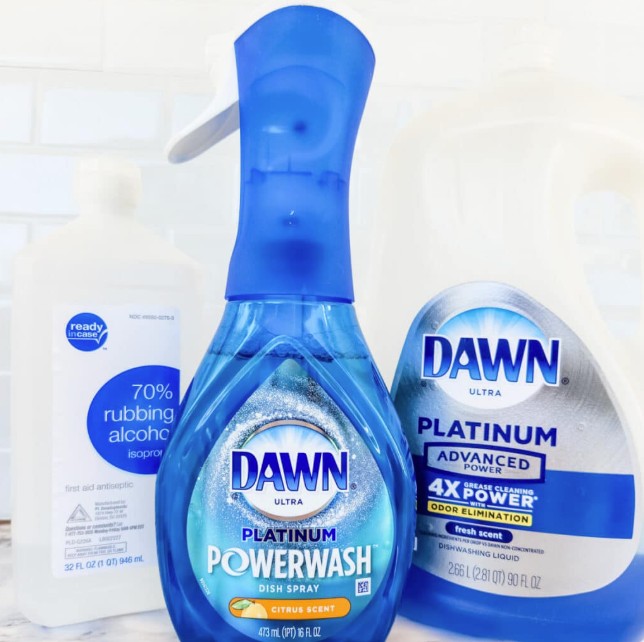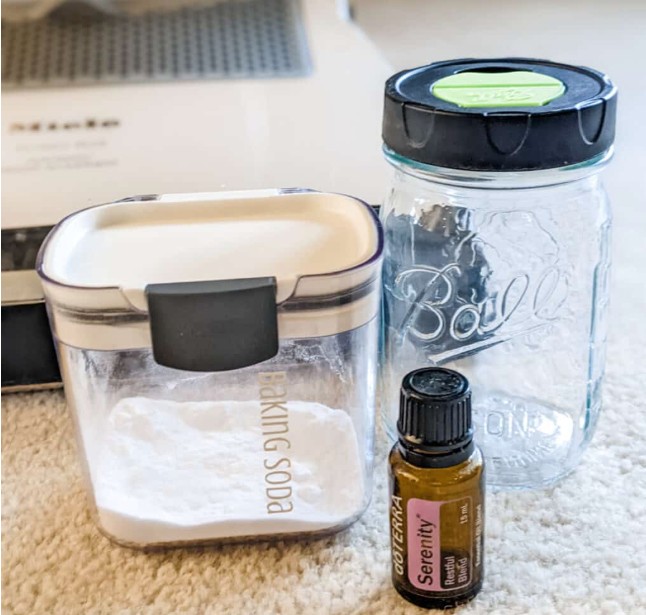Using lemons to brighten hair or coffee to deepen brunette tones isn’t just a kitchen trick anymore. More people want natural ways to color their hair. It’s not just to avoid strong smells or messy box dyes, though that helps. They want safer options that add shine and cut down on chemicals. This post shows the main natural methods that actually work. It also shares DIY Natural Hair Coloring at home without damage and offers tips to keep your new color looking fresh without extra trips to the salon.

Understanding Natural Hair Dyes: Advantages and Limitations
If you’ve ever wondered why so many people are switching to natural color methods, you’re not alone. There’s a growing crowd who want cleaner alternatives without risking scalp irritation or hair breakage. While glossy magazine ads for chemical dyes might promise miracle results, the reality isn’t always so rosy.
Benefits of Natural Hair Coloring
- Reduced Exposure to Chemicals: When you swap out harsh store-bought dyes, you avoid ammonia, parabens, and peroxide. This may mean less itchiness and fewer allergic reactions, especially for sensitive scalps.
- Sustainability: Many of these methods use plant powders or pantry staples that break down easily and don’t pollute water systems.
- Nourishing Properties: Ingredients like henna actually help strengthen hair over time. Chamomile and honey offer a gentle touch and a bit of extra shine. Even coffee and black tea can add body.
Possible Limitations and Considerations
- Limited Color Range: You won’t get bubblegum pink or platinum blonde from natural ingredients. Expect soft reds, rich browns, and gentle golds. Blonde hair can go lighter and brunette hair can deepen, but dramatic shifts aren’t in the cards.
- Color Consistency: The same “recipe” can act differently on each head of hair. Your starting shade, hair health, and previous dye jobs will all sway the results.
- Maintenance: Natural color might fade faster, especially for first-timers. Gentle shampoos and regular re-applications are needed for lasting results.
You can buy premixed powders, like henna and indigo, from health food stores or online shops specializing in natural hair care. Always check that the product is pure and free from additives or metallic salts before using them.

Popular DIY Natural Hair Coloring Methods and Their Application
Ready to try coloring at home? These tried-and-true natural methods keep hair feeling and smelling great—without the “chemical cloud” that usually comes from boxed dyes.
Henna for Reds and Auburns
Henna comes from the lawsonia plant. The powdered form stains hair in rusty reds and copper hues. To use, mix the powder with warm water (sometimes a splash of lemon juice helps deepen the color) until you get a thick, mud-like paste. Let it sit for a few hours to activate.
- Wear gloves, since henna stains skin.
- Section your hair and apply paste from roots to ends.
- Wrap your hair in plastic to keep warmth in.
- Leave on for 2 to 4 hours before rinsing with water (skip shampoo on the first wash).
Shades range from bright orange to deep auburn. The final result depends on your base color. Henna is permanent, but will fade gently over time. If you’re after subtle red tones or fiery copper, this is a classic natural solution.
Indigo for Deep Browns and Blacks
Indigo comes from the indigofera plant. Alone, it gives a blue tone, but when layered over henna, it can make your hair deep brown or nearly black.
- First, do a full henna treatment and rinse.
- Then, mix indigo powder with warm water.
- Apply to damp hair and let it sit for 1 to 2 hours.
Test strands are a must since indigo grabs differently depending on hair type and porosity. Uneven patches are a risk, so take time to fully saturate your hair. Always use pure, body-art-quality henna and indigo for the safest results.
Coffee and Tea for Subtle Brunettes
Coffee and black tea work as gentle toners. They don’t make dramatic changes but deepen brown hair and add shine. The caffeine kick is for your hair, not just your mug.
- Brew strong coffee or black tea, let cool.
- Pour over clean, damp hair, or use as a rinse.
- Wrap hair in a shower cap and leave for 30 minutes to an hour.
Repeated use (2 to 3 times a week) helps build richer color and cover the first signs of grey. These methods won’t lighten dark hair but can add warmth and gloss.

Chamomile, Lemon, and Honey for Lightening Hair
If you want sunny, golden highlights, the answer might already be in your pantry. These three ingredients work best on naturally light hair.
Chamomile:
- Steep strong chamomile tea, cool, and use as a rinse.
- Dry hair in direct sunlight for extra brightening.
Lemon Juice:
- Mix fresh lemon juice with water (dilution is key to avoid drying).
- Comb through hair, sit in the sun for 30 minutes.
Honey:
- Mix 1 part honey with 2 parts conditioner.
- Leave on hair for up to an hour, then rinse.
These mixes are gentle enough for regular use. Lightening is subtle and gradual, not instant—as if you’ve spent a few days at the beach.
How to Naturally Cover Grey
Natural dyes are perfect for softening and blending grey instead of creating a harsh, block color. Henna and indigo offer the most reliable coverage. For less intense greys, repeated coffee or tea rinses blur the line between natural and silver strands.
A personal tip: I blend henna, a touch of indigo, and chamomile tea to keep my temples from looking too “striking” while keeping the process low-stress and safe.
Maintaining Vibrancy and Health After Natural Coloring
Natural hair color requires care to lock in your new look and keep hair hydrated. Thankfully, this part’s not too fussy—gentle routines help both health and color endurance.
Gentle Cleansing and Conditioning Routines
- Pick sulfate-free shampoo. Harsh detergents cause color to slip faster.
- Co-wash (using conditioner to wash) stretches time between full washes. Hair stays softer, and color hangs on longer.
- Rinse with cool water to seal the cuticle and slow fading.
- Add weekly deep conditioning with natural oils (like coconut or argan) to fight dryness.
Troubleshooting: Fading, Uneven Tones, and Other Concerns
Faded roots, strange streaks, or patchy results happen, especially as you experiment. Don’t panic. If a color fades too quickly, just reapply the natural dye. If you spot orange or green tints, it’s usually from minerals in water or leftover store-bought dyes. Clarifying with apple cider vinegar rinses can help.
Seek professional advice if you’ve had chemical processes done recently, if your scalp feels irritated, or if a color disaster crops up. Many stylists are familiar with natural dyes and can help without judgment.
Experimenting with Natural Hair Coloring
Experimenting with natural hair coloring lets you step away from harsh ingredients while keeping hair strong and beautiful. The key is patience, since results tend to be subtle and build up over several uses. Use pure, quality ingredients, test small sections first, and adjust methods as you learn what your hair likes. With practice, you’ll find a shade and method that suits your style and routine. Embrace the small surprises and enjoy the confidence that comes from creating your own color story at home.















